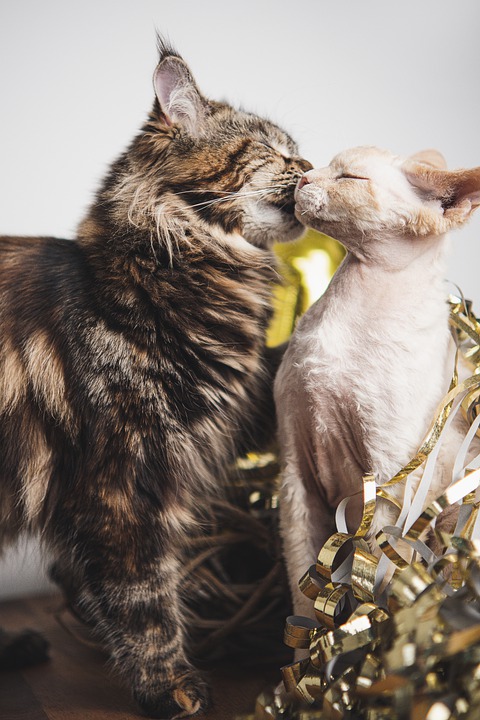Pica behavior, the act of consuming non-food items, is a peculiar phenomenon that can affect both humans and animals. While it is more commonly observed in young children and individuals with developmental disorders, pica can manifest in people of any age or background. In this article, we delved into the intriguing world of pica behavior, exploring its possible causes, implications, and potential solutions.
Pica behavior is characterized by the persistent ingestion of non-food items such as dirt, hair, paper, or even metal. It can manifest as an oral fixation, leading individuals to consume substances like ice, chalk, or clay. There are several theories regarding the causes of pica behavior.
One potential cause is nutritional deficiencies. The body may attempt to compensate for certain nutrient deficiencies by compelling individuals to consume non-food items. For example, individuals lacking iron, zinc, or other essential minerals may feel driven to eat items like ice or dirt to fulfill their nutritional requirements.
Another theory suggests that pica behavior may stem from a desire for sensory stimulation. In some cases, individuals may find comfort, pleasure, or even pain relief by engaging in this behavior. Chewing or swallowing non-food items may serve as a form of self-soothing or self-regulation.
Pica behavior is also commonly observed in individuals with developmental disorders such as autism spectrum disorder or intellectual disabilities. These individuals may struggle with impulse control or have difficulty distinguishing between edible and non-edible items.
While occasional pica behavior may not pose significant harm, persistent ingestion of non-food items can lead to various risks and complications. Some potential consequences include gastrointestinal issues, such as constipation, bowel obstruction, or damage to the intestines. Ingesting certain non-food items, such as lead-based paint chips or poisonous plants, can introduce toxins into the body, causing serious health issues. Additionally, eating non-food items like dirt or feces can increase the risk of bacterial or parasitic infections.
To effectively manage pica behavior, it is crucial to identify and address any underlying causes. Consulting with a healthcare professional or psychologist can help determine if there are any nutritional deficiencies, sensory issues, or developmental disorders contributing to the behavior. Ensuring a well-balanced diet and addressing any nutrient deficiencies can help reduce the urge to engage in pica behavior. Creating a safe environment by removing access to non-food items that pose a risk is essential. Behavioral therapy techniques, such as positive reinforcement, redirection, and sensory integration, may be beneficial in cases where pica behavior is associated with developmental disorders.
Pica behavior can also affect cats. It is important to consult with a veterinarian to rule out any underlying medical conditions or nutritional deficiencies. Managing pica behavior in cats involves providing appropriate environmental enrichment, offering safe chewing alternatives, and ensuring a well-balanced diet.
Pica behavior in humans is treatable. Identifying underlying causes, providing proper nutrition, and incorporating behavioral therapy techniques can help reduce or eliminate pica behavior. Persistent pica behavior can lead to various health complications, including gastrointestinal issues, toxicity, and infections. Seeking professional help is important to prevent long-term consequences.
Understanding pica behavior is crucial in order to address and manage this unusual phenomenon. By identifying potential causes, recognizing associated risks, and implementing appropriate strategies, individuals affected by pica behavior can find relief and lead healthier lives. If you or someone you know is experiencing pica behavior, seeking guidance from healthcare professionals is always recommended.








